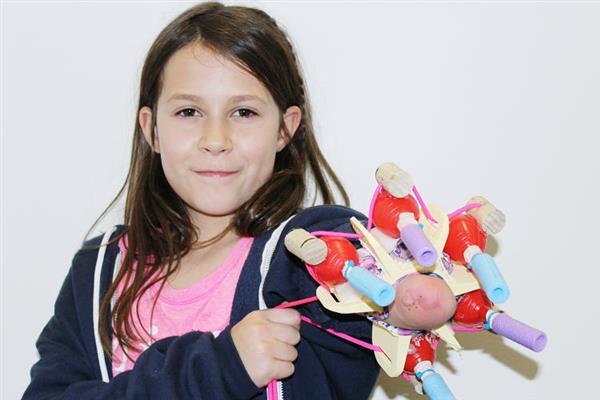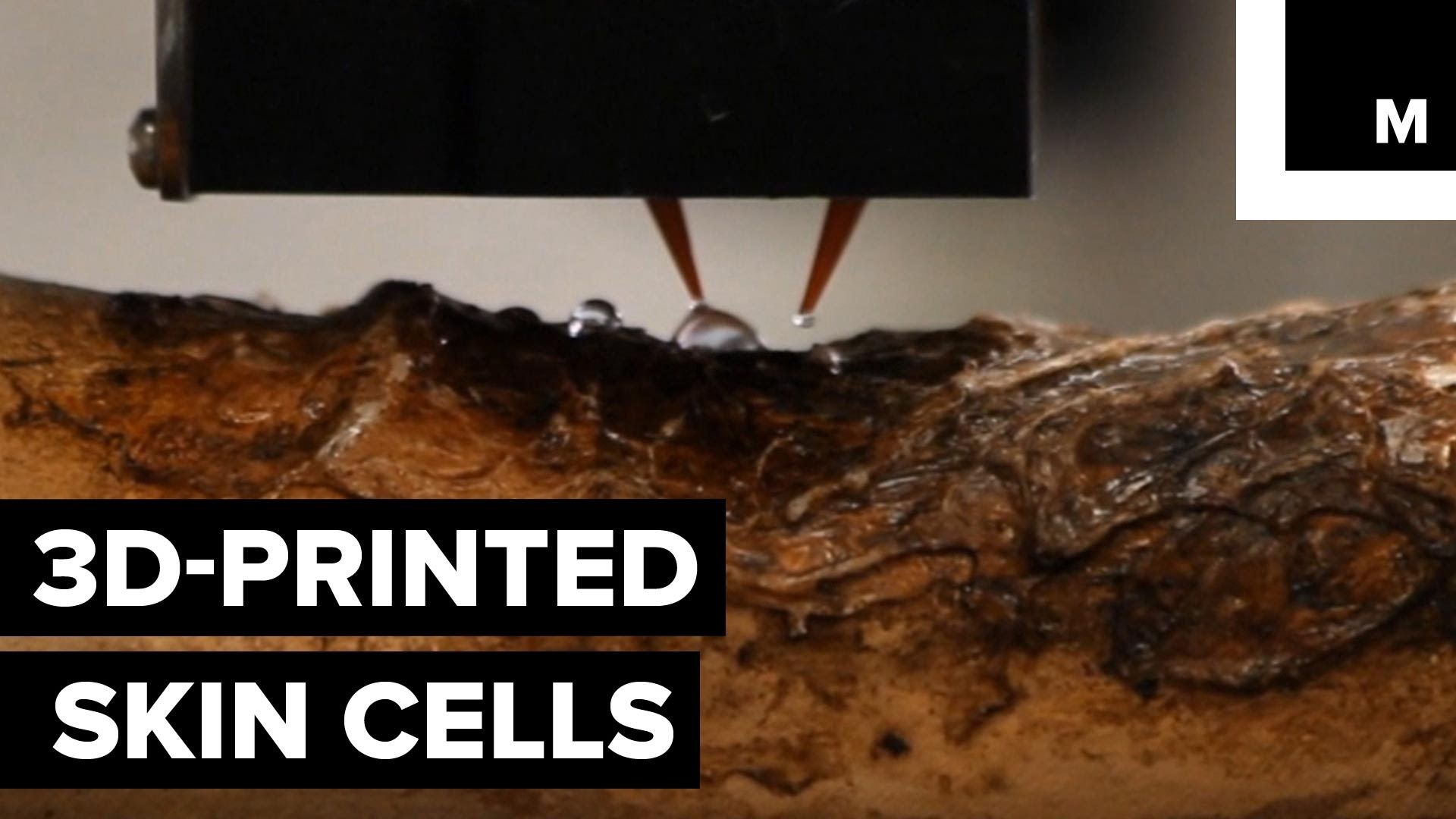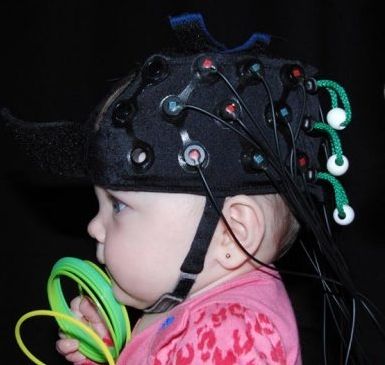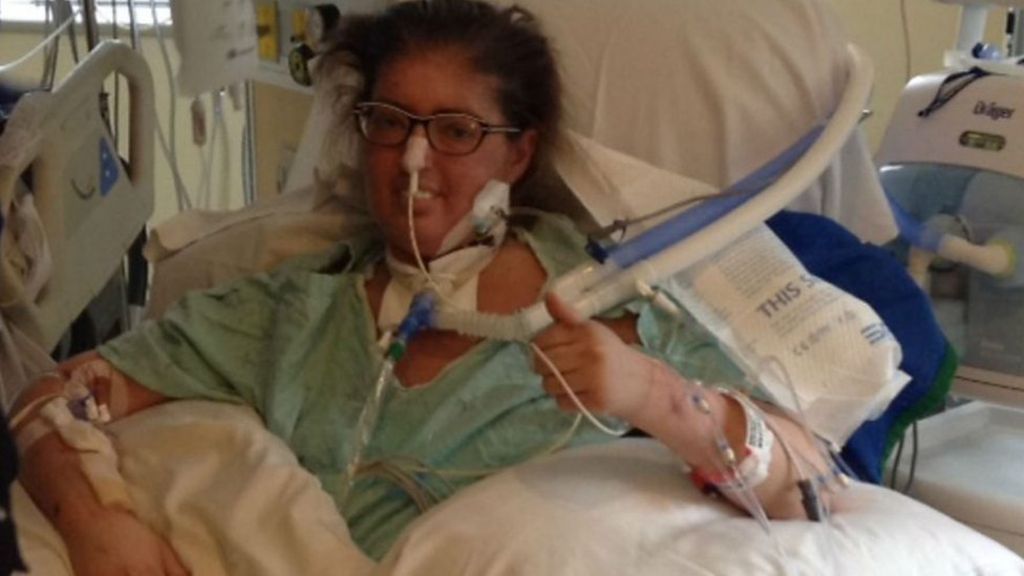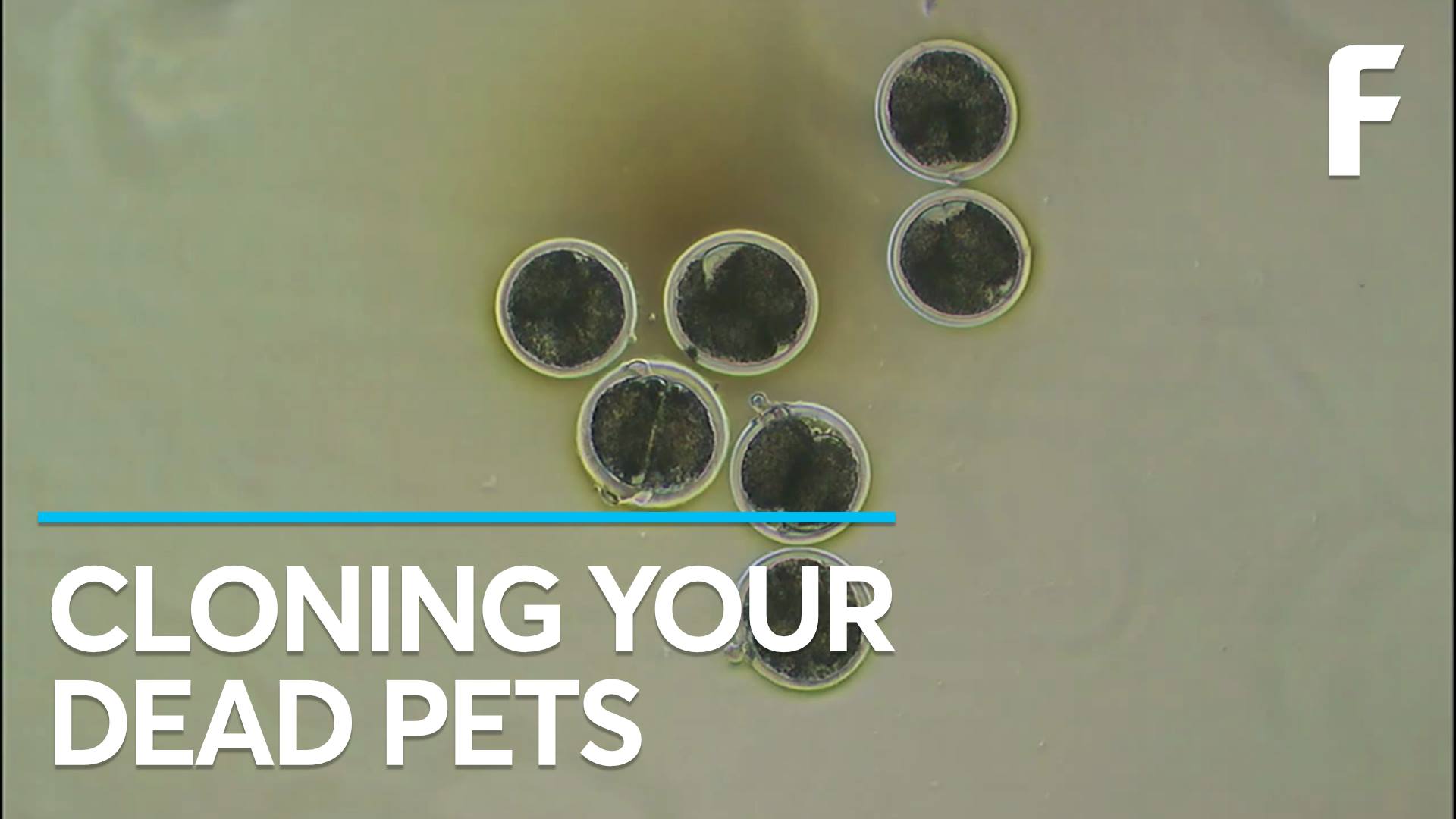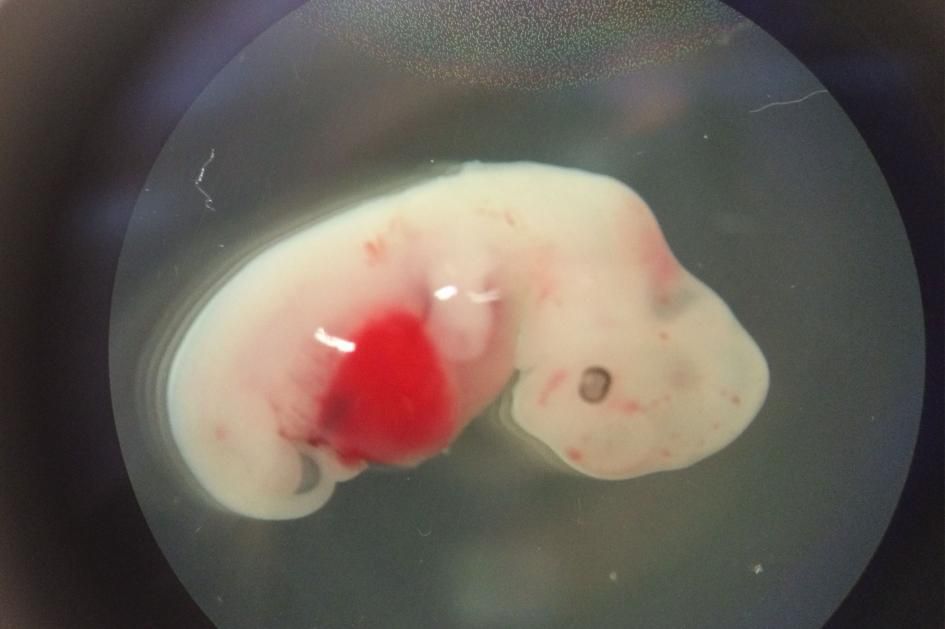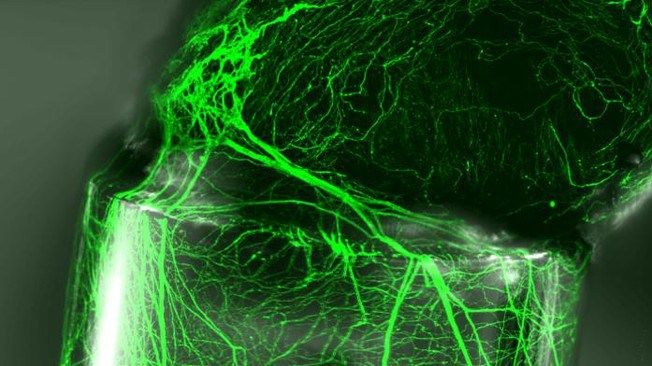Jan 28, 2017
11-year-old girl who made glitter-shooting prosthetic has more 3D printed projects lined up
Posted by Karen Hurst in categories: 3D printing, biotech/medical, cyborgs
Luv this. True Girl Power!
11-year-old Jordan Reeves, who last year made the world a bit jollier with her 3D printed, glitter-shooting prosthetic arm, has become a source of inspiration for many. The young and remarkably ambitious girl, who was born without most of her left arm (it stops just above the elbow), has been showing off her 3D printed glitter prosthetic all around the U.S. for the past several months, was presented with Disney’s Dream Big, Princess award, and was given a 3D printer courtesy of Autodesk and Dremel.
Not only is she receiving recognition, however, but Reeves has continued her steadfast work and is creating more 3D printed prosthetic accessories and assistive tools. Her latest project, for instance, is working on developing a device that combines a medical-grade prosthetic arm with 3D printed, changeable attachments. Though decidedly less sparkly than her first make, the hybrid prosthetic could allow for a variety of 3D printed attachments (like a hand or a pirate hook). Jordan is developing the 3D printed prosthesis with the help of her prosthetist and her Autodesk mentor Sam Hobish.
